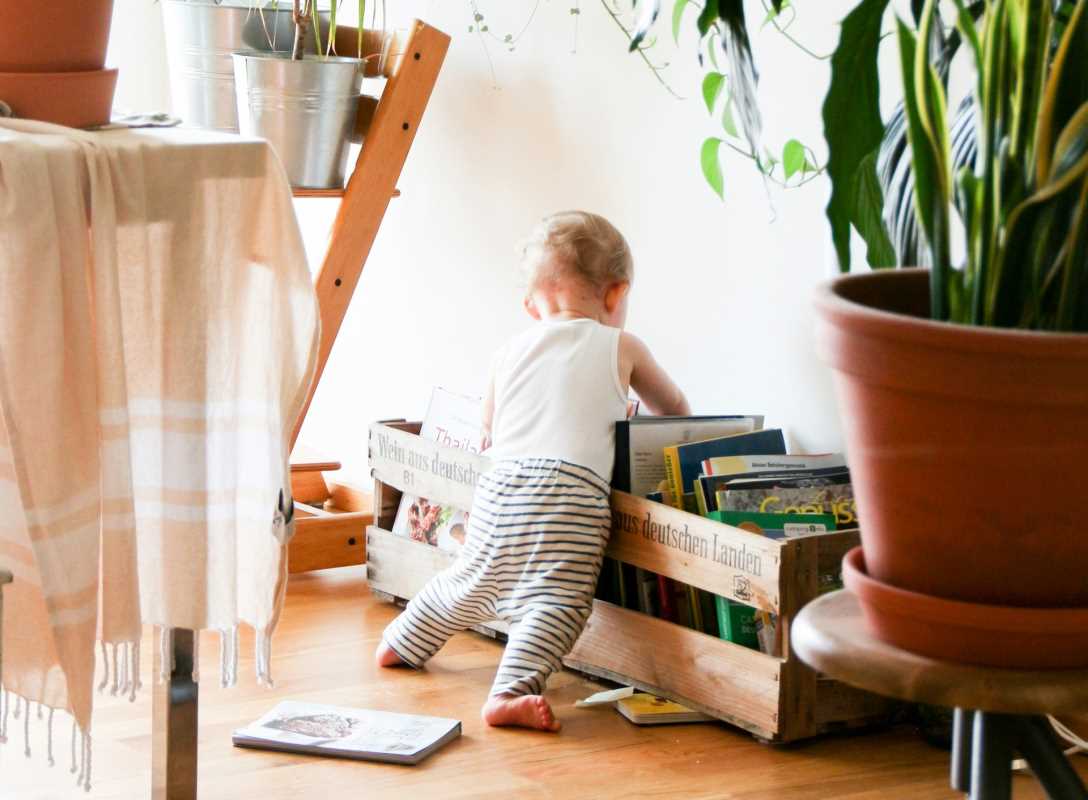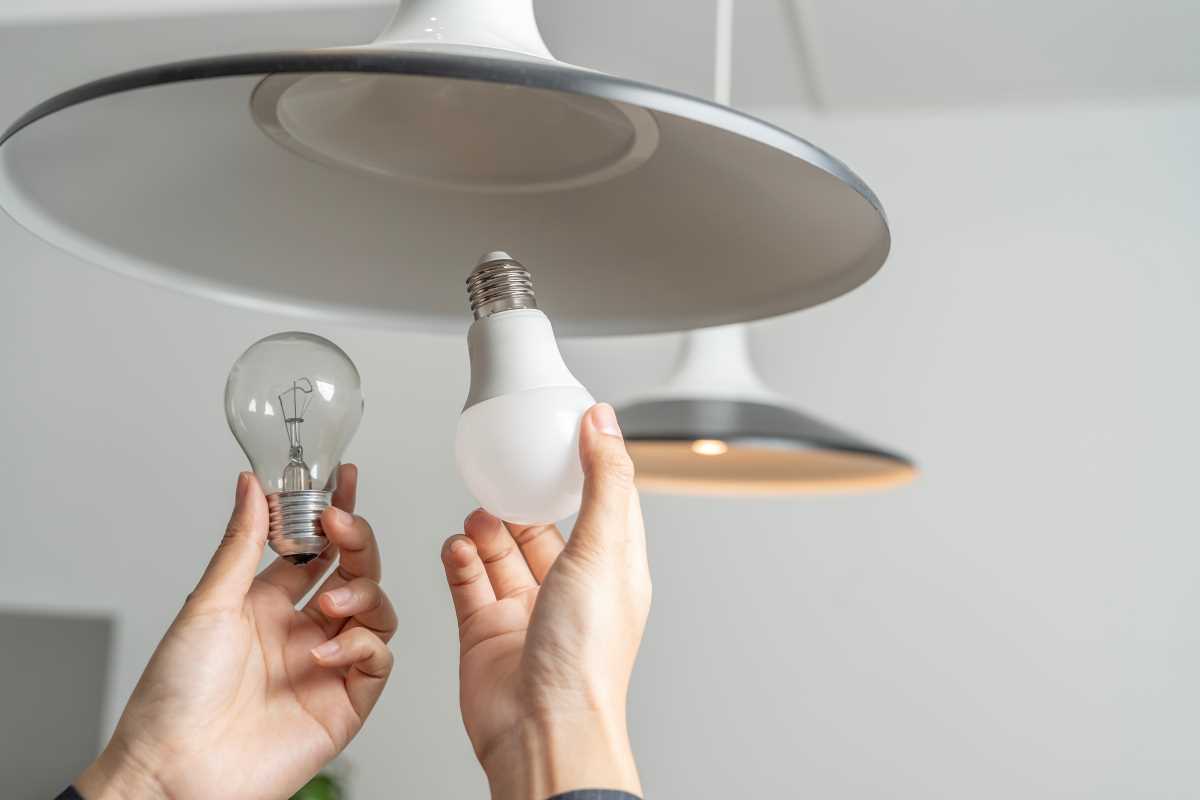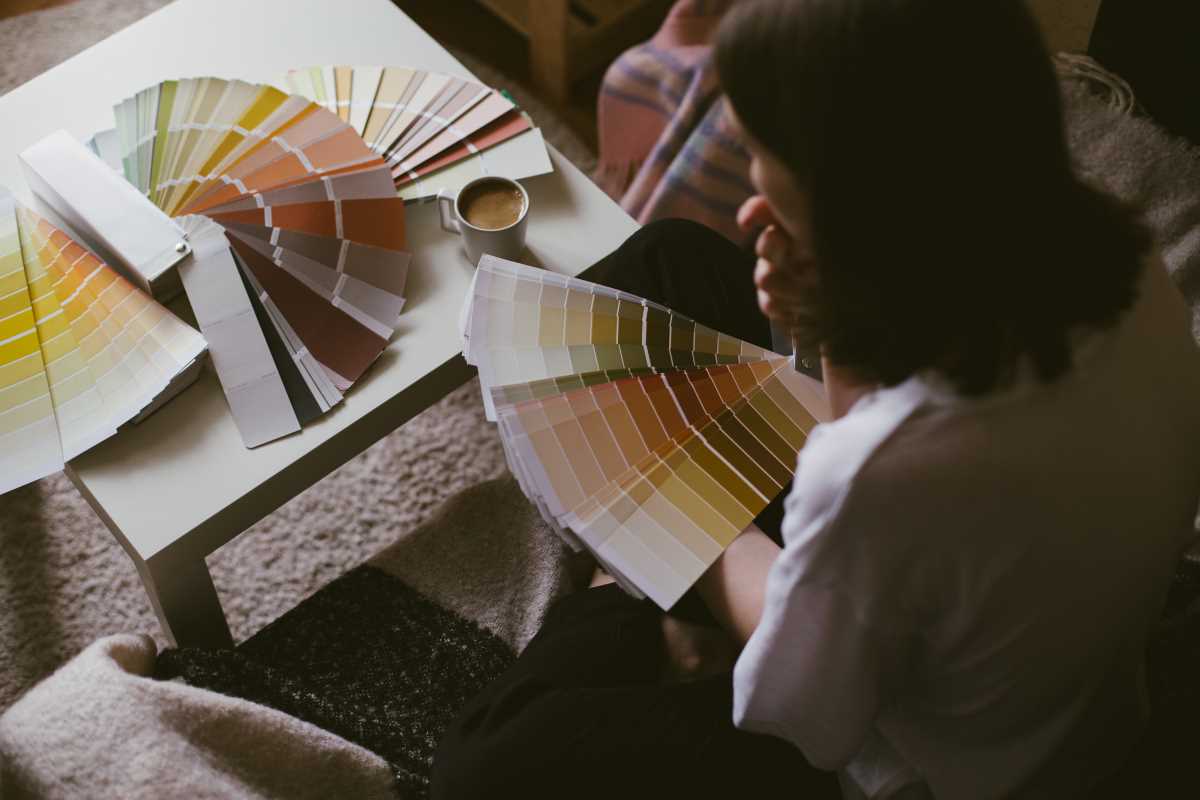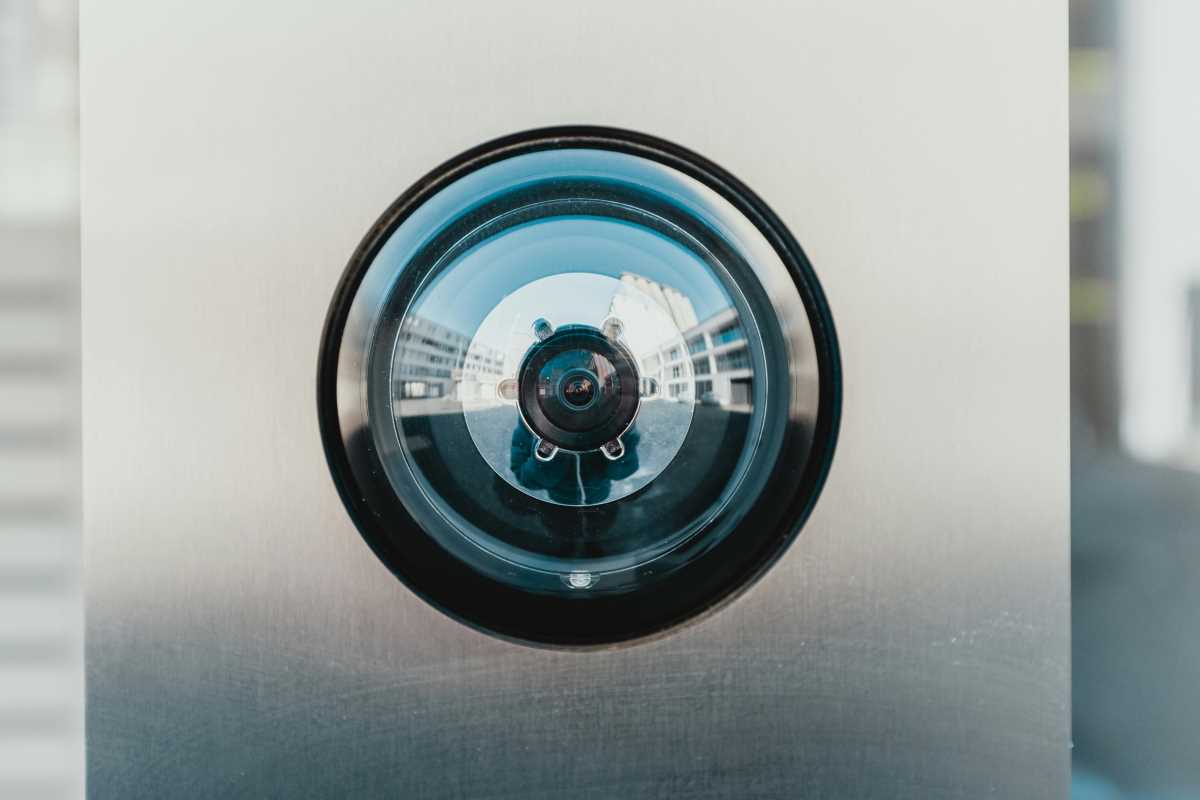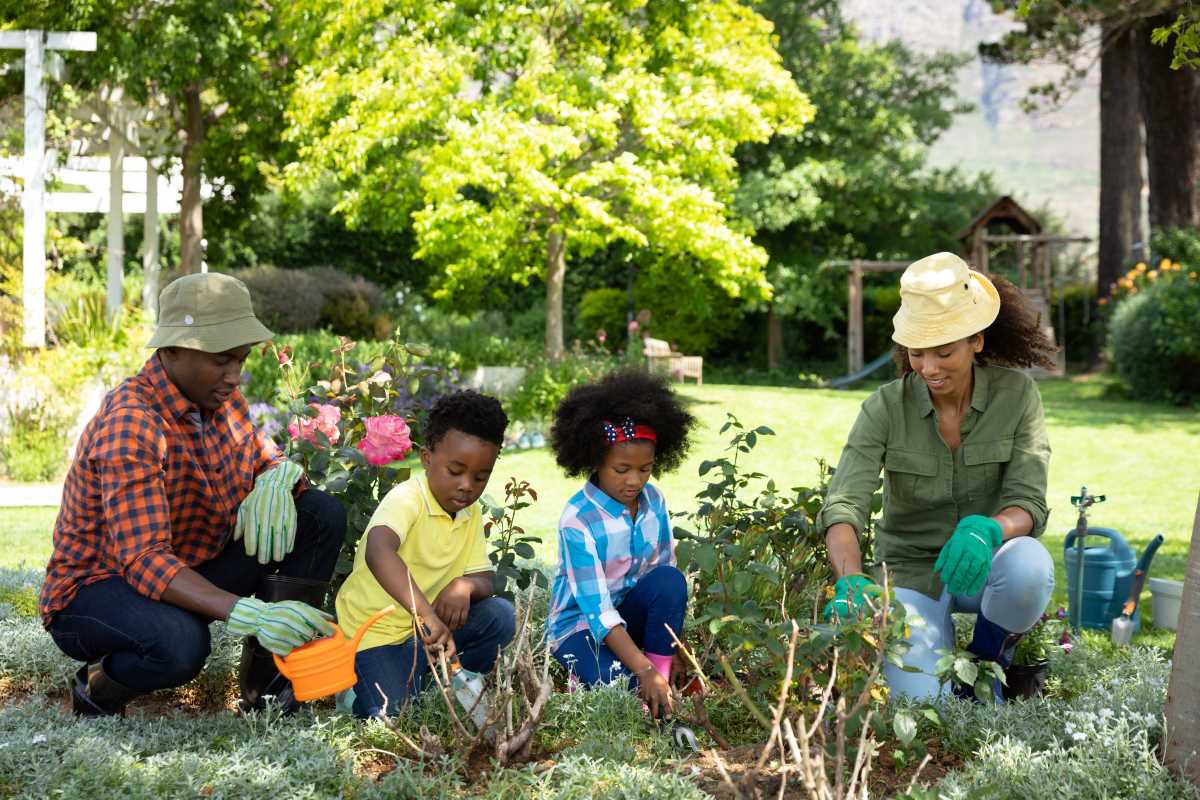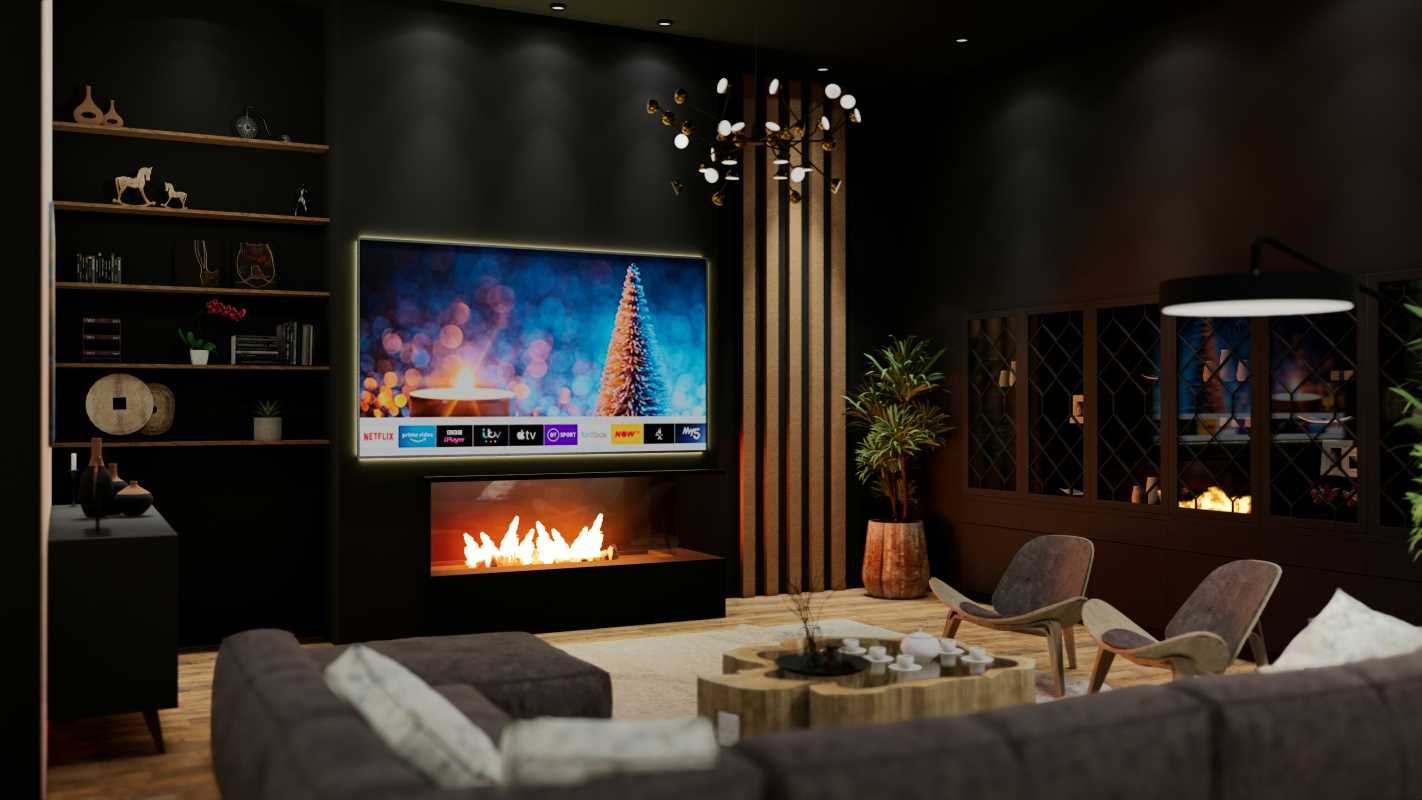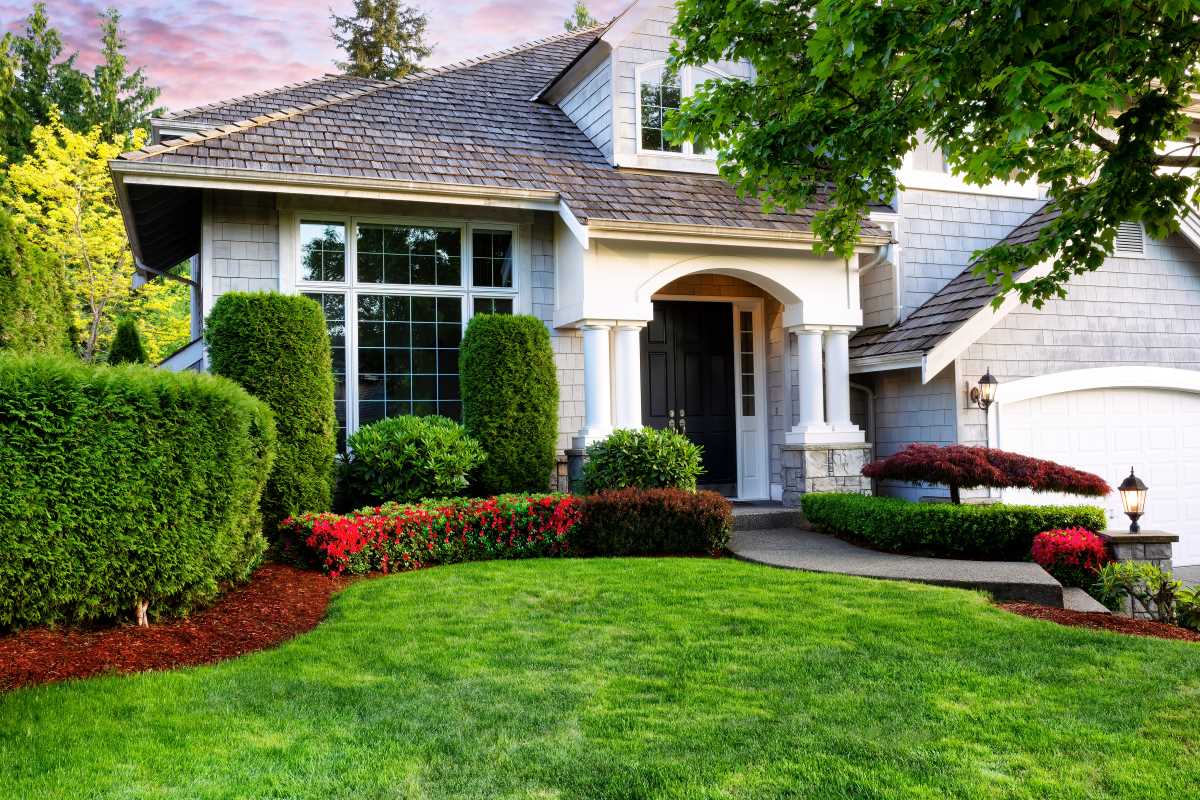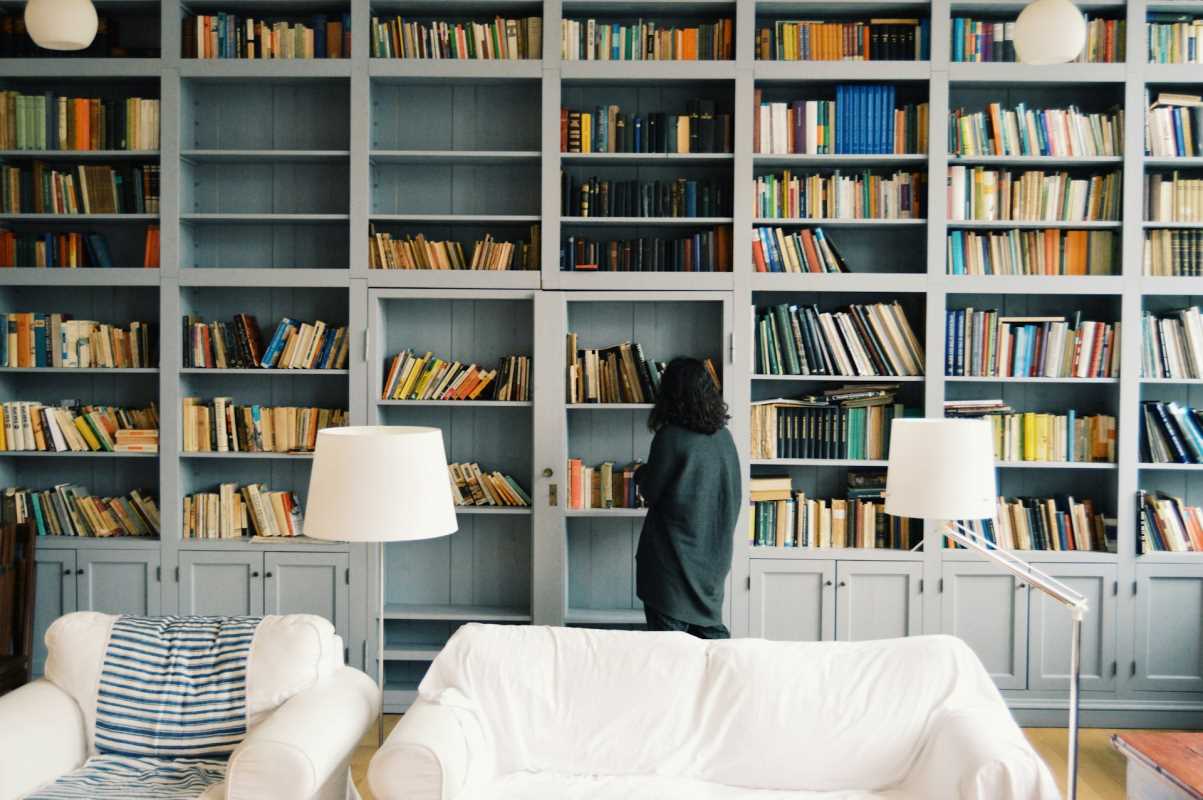Welcoming a baby into your home is an exciting time, but it also comes with a new set of challenges. One of the most important tasks is ensuring your living space is safe for your little ones as they start to explore their surroundings. Babyproofing helps prevent accidents and injuries by making your home a secure environment. Here’s a comprehensive list of things you should babyproof in your home to keep your child safe.
1. Electrical Outlets and Cords
Electrical outlets are at perfect crawling height for curious little hands. One of the first steps in babyproofing your home is to cover all unused outlets with outlet covers. This prevents babies from sticking fingers or objects into the sockets. Additionally, make sure electrical cords are tucked away and not accessible. Using cord shorteners or securing cords along walls can reduce the risk of tripping hazards or curious hands pulling on them.
2. Sharp Edges and Corners
Furniture with sharp corners, such as coffee tables, countertops, and TV stands, can be dangerous for wobbly toddlers just learning to walk. To protect your baby from bumps and bruises, install corner guards or edge bumpers on sharp edges. Look for soft, cushioned materials that absorb impact if your child falls into them.
3. Cabinets and Drawers
Babies love to open cabinets and drawers, but they can contain dangerous items like cleaning supplies, sharp utensils, or medications. Install childproof latches or locks on cabinets and drawers within your baby’s reach, especially in the kitchen and bathroom. Keep harmful items stored in high, out-of-reach places to reduce risk further.
4. Stairs
Stairs are one of the most hazardous areas in any home for small children. Installing baby gates at both the top and bottom of staircases can prevent your little one from taking a tumble. Choose sturdy gates that can be securely mounted to the walls, and avoid pressure-mounted gates at the top of stairs, as they can be dislodged more easily. Make sure the gates are difficult for toddlers to open but convenient for adults to operate.
5. Windows and Window Coverings
Windows present several risks for young children. Make sure all windows have secure locks, and never leave them open unless there is a secure screen in place. For added protection, install window guards to prevent babies from climbing out. Additionally, remove or shorten window blind cords, as they pose a strangulation hazard. Opt for cordless blinds or tie up the cords high out of reach.
6. Heavy Furniture and Appliances
Curious babies love to pull themselves up on furniture, but this can lead to dangerous tipping accidents. Secure heavy furniture like bookshelves, dressers, and TVs to the wall using furniture anchors or straps. This ensures that the furniture stays in place if your baby tries to climb or pull on it. Also, make sure any large or heavy items, such as vases or electronics, are not placed near the edge of furniture where they could be knocked over.
7. Small Objects and Choking Hazards
Babies explore the world by putting things in their mouths, which means that small objects can quickly become choking hazards. Keep small toys, coins, batteries, and other tiny objects off the floor and out of your baby’s reach. Check the spaces between couch cushions, under furniture, and in other hidden areas for small items that may have fallen.
8. Doors and Doorways
To prevent finger pinches or your baby wandering into unsafe areas, consider installing door pinch guards or foam door stoppers that prevent doors from slamming shut. Additionally, door knob covers make it harder for toddlers to open doors and enter rooms like bathrooms or basements unsupervised.
9. Bathrooms
The bathroom can be full of hazards for little ones. Always keep the toilet lid closed and install a toilet lock to prevent curious hands from exploring. Additionally, secure any medications, cosmetics, or cleaning products in locked cabinets. Consider adding a non-slip bath mat to the tub and lowering the water heater temperature to prevent accidental scalding.
10. Fireplaces and Heaters
Fireplaces and space heaters can be very dangerous for babies, so it’s essential to install barriers. Use a baby gate or a screen in front of the fireplace to prevent your child from getting too close to the flames. With space heaters, make sure they are placed out of reach and turned off when not in use. For added safety, consider using heaters with cool-to-the-touch exteriors.
11. Trash Cans
Trash cans may not seem like a threat, but they often contain sharp objects or harmful substances. Opt for trash cans with lids that lock or are difficult for small hands to open. For added security, keep trash cans in locked cabinets or out of reach.
12. Cribs and Bedding
Make sure your baby’s crib is safe by following current safety guidelines. The crib slats should be no more than 2 3/8 inches apart to prevent your baby from getting stuck. Avoid using soft bedding, pillows, and stuffed animals in the crib, as they pose a suffocation risk. Always use a fitted sheet designed for the crib mattress.
Babyproofing your home is an essential step in keeping your little ones safe as they grow and explore. While it may seem like a daunting task, taking the time to secure your home will provide peace of mind and a safer environment for your child. Start with the most hazardous areas, and work your way through each room to ensure your baby can explore freely without danger. By addressing these key areas, you’ll be well on your way to creating a baby-safe home.
(Image via Unsplash)
